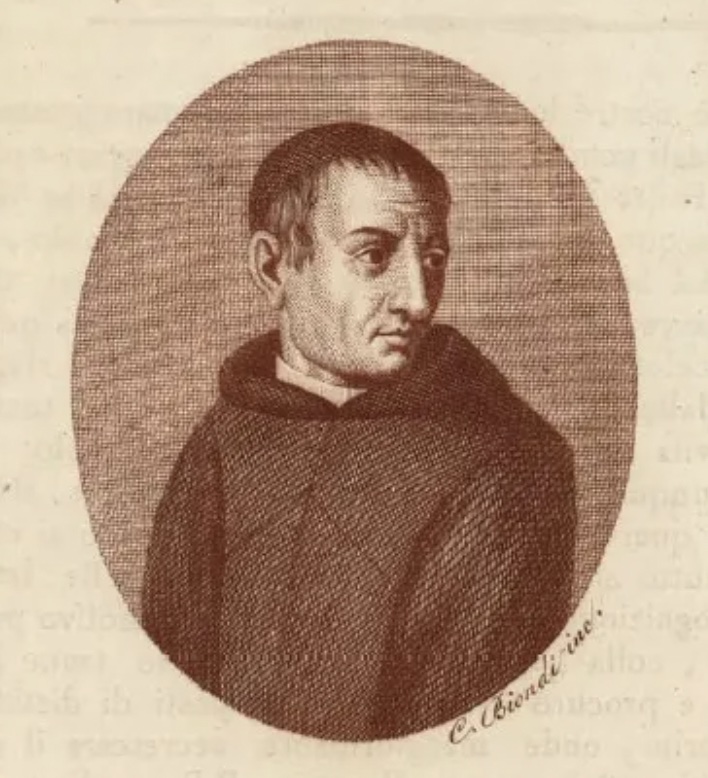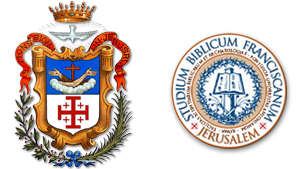a digital exhibition
edited by Stefano Cassini

Preface
...................................
[read in Italian] ![]()
For an archaeologist, working in the Holy Land means facing monuments with a long history and high cultural, religious and symbolical value, where the continuity of cult determined constant architectonical and structural changes and drew attention on some stages of their modification. The monumentalizing of Christological places, the result of commissions by often prestigious patrons and chronologically precocious interventions, has caused a process of cult and veneration, well witnessed by the continuous pilgrimage. The uneasy research of the articulation of these first architectonical stages has always been object of great historical interest, while the attention was progressively less focused on the following phases, and particularly the ones between a renovation and another. But architectonical ensembles, such as the Holy Sepulchre in Jerusalem and the Church of the Nativity in Bethlehem, are uninterrupted ongoing worksites, where the stones laid day after day keep on writing the history of the buildings.
The archaeological reconstruction, which interprets the ground and the stones, cannot ignore extraordinary texts such as the one by Bernardino Amico, who sees the monuments, is able to read them and tell their conditions, unambiguously talking about their massive volumes and the slowly crumbling mosaics of the domes, providing therefore a significant key to understand the archaeological deposits. Furthermore, Amico is a drawer and the technique he shows when representing plans and elevations is a unique case in the historiographical scene. The plates inserted in Amico’s text allow us to read proportions and details which are fundamental to archaeologically reconstruct the 16th century stage of the buildings and to understand how much previous structures could still be perceived and perceivable in Amico’s time. Thanks to the precision of his representations, it is possible to understand well the articulation of spaces, reconstruct the immaterial – the ways of the sacred, liturgy and pilgrimages – as well as relocate movable elements and minor structures.
Besides, Amico tries to contextualise the monuments, underlining not only their scriptural and/or liturgical relations, but also the topographical ones, as in the case of the Church of the Nativity with the site of the Milk Grotto. In other passages he traces it back to the town, as in the case of Jerusalem, aiming to correct a series of mistakes he knows are there in the plans of his time and to place correctly the ensemble of Christ’s death and resurrection. In his reproductions the exegetical effort is clear. This is his instrument to delineate the historical meaning of key elements of Jerusalem topography, such as its different city walls. His description of the Church of the Holy Sepulchre is a masterpiece. There he distinguishes what others "say", which he quotes for the record, from what he measures onsite, which is part of the detailed articulation of the plates.
Our reconstruction of architectures and contexts aims to a historical reading in his social dimension, where we can join Amico, who puts in his work continuous references to apparently secondary but enormously interesting details for the configuration of life in the monuments. For instance, the record of the «bronze candlesticks embedded in lead» at the Calvary or the description of carpets and pillows at the entrance of the Basilica, where one of the doors is kept half-closed in order to check if everyone leaves a proper offer.
Visiting the places seen by Bernardino Amico using his descriptions, through words or images, means observing the monuments of the Holy Land through curious and attentive eyes. The same eyes this exhibition provides to whoever is still looking forward to visiting these places or, thanks to these extraordinary guide’s plates, will go back to see them with a new perspective.
Francesca Romana Stasolla
Sapienza University of Rome
